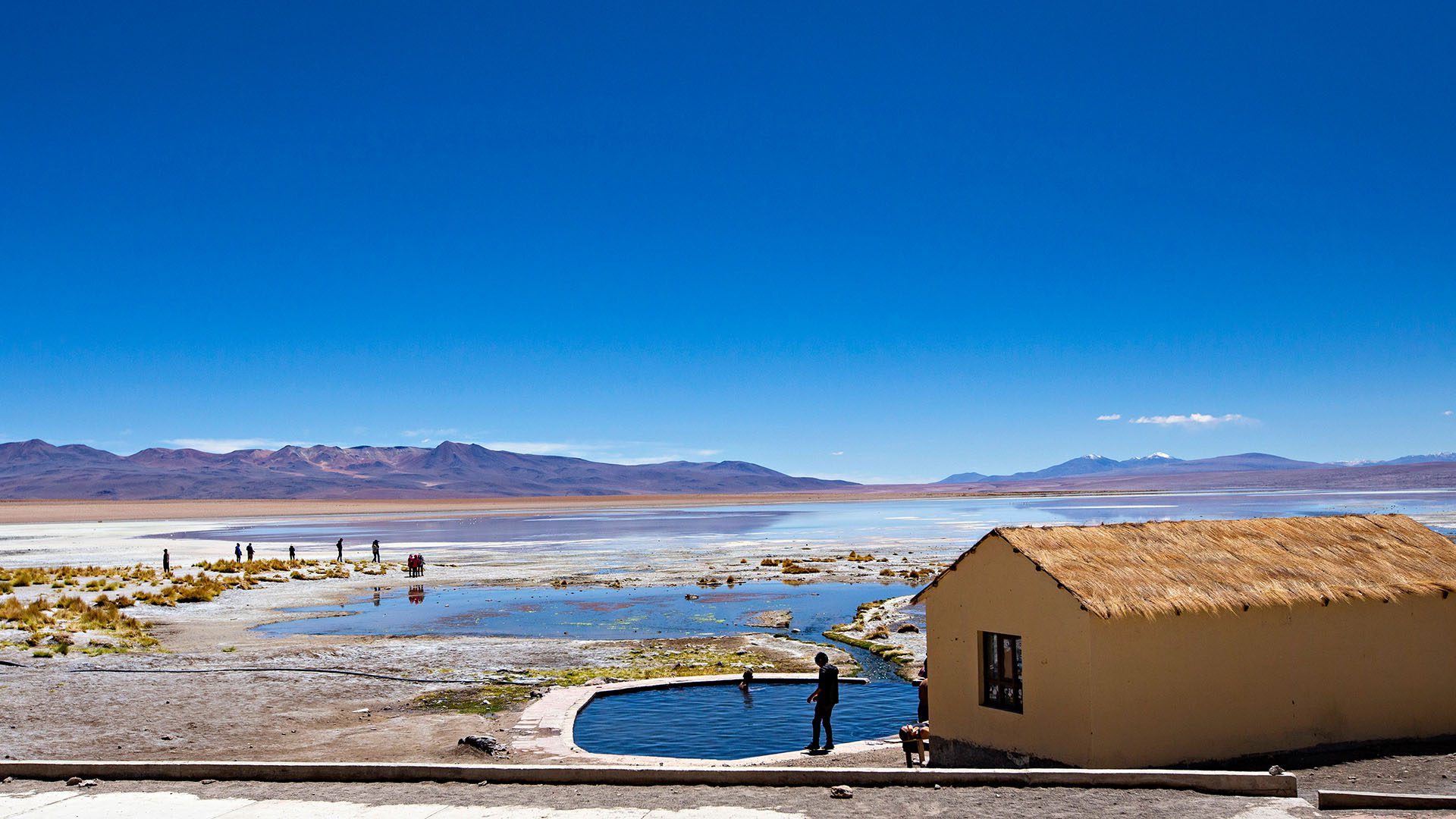|
Listen To Article
|
Lists can be frantic. Journeys should never be. If you’re setting a serious goal to see ten extraordinary places before you leave this world, approach them with intention: right season, right hour, the right kind of access. What follows is not a sprint but an editorial playbook—how to experience each destination in a way that protects its magic and rewards your time. Reordered into a natural arc (sky, sea, subterranean light; then mountains, cascades, gardens; and finally the long, quiet beaches), this is advice for travellers who value presence over pace.
1) Salar de Uyuni, Bolivia — The World’s Quietest Mirror
Why go: On some days the earth disappears. Rain turns the ancient salt flats into a perfect mirror; dry season reveals endless hexagons under a cobalt sky. Either way, scale becomes abstract, and time slows.
Best window:
Wet “mirror” season: roughly December–March (weather can be unpredictable; bring flexibility).
Dry geometric season: June–October, for crystalline horizons and star photography.
How to do it: Book a private 4×4 with an experienced driver who knows safe water depths and reflective hotspots. Aim for sunrise or the blue hour before sunset, when winds drop and the surface stills. Ask your guide to stage an astro session—the Milky Way over the flats is theatre you will feel, not merely see. Pack sunglasses (high glare), layers, and respect for altitude.
2) Mosquito Bay, Puerto Rico — Water That Writes With Light
Why go: In Vieques’ Mosquito Bay, each paddle stroke ignites bioluminescent dinoflagellates—tiny organisms that flash electric-blue when disturbed. It’s less a tour, more a spell.
Best window: New moon nights, warm months, minimal wind. Avoid post-storm days and aim late, when groups thin.
View this post on Instagram
How to do it: Choose clear-bottom kayaks with a naturalist guide; keep strokes slow so the light blooms. No sunscreen in the water, no swimming, no chemical sprays—respect the ecosystem that makes the glow. Photographs rarely do it justice, so give yourself permission to look, not capture.
3) Waitomo Glowworm Caves, New Zealand — Constellations Underground
Why go: Thousands of Arachnocampa luminosa glowworms cast a private night sky across limestone ceilings; underground rivers carry you through silence and green light.
Best window: Year-round, but shoulder seasons reduce crowds. Early slots feel almost monastic.
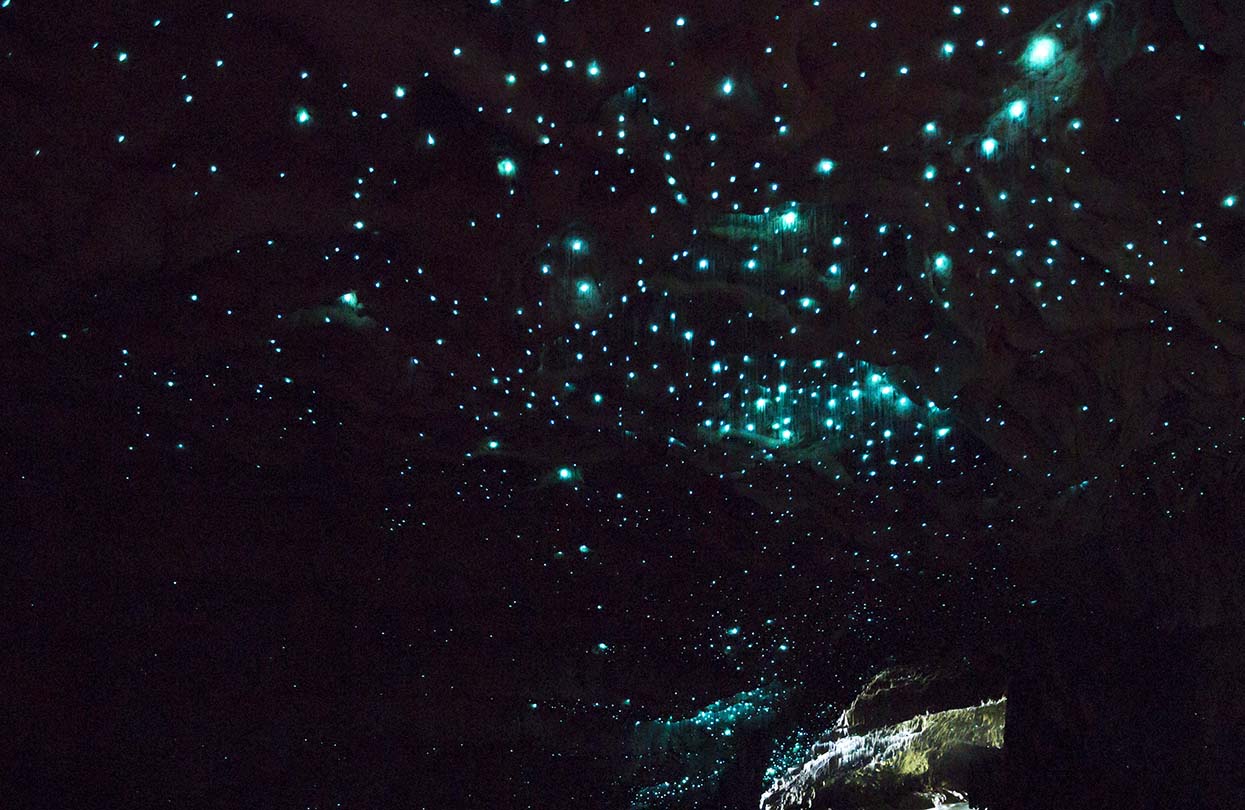
Waitomo Glowworm Caves, New Zealand, Image by gary yim, Shutterstock
How to do it: Book a quiet raft tour or small-group walk rather than large-boat departures. Hum softly—seriously. Your breath will echo; the cave will answer. Dress warm, move lightly, and leave with no trace but wonder.
4) Red Sea Reefs — Colour, Clarity, and a Living Library
Why go: Few places on earth offer such reliable visibility, abundant coral, and charismatic wildlife (turtles, rays, reef sharks) within easy reach. Whether you base in Sharm, Hurghada, or farther south, the sea is the headline.
Best window: March–November for calmer seas and warm water; early mornings for glassy entries.
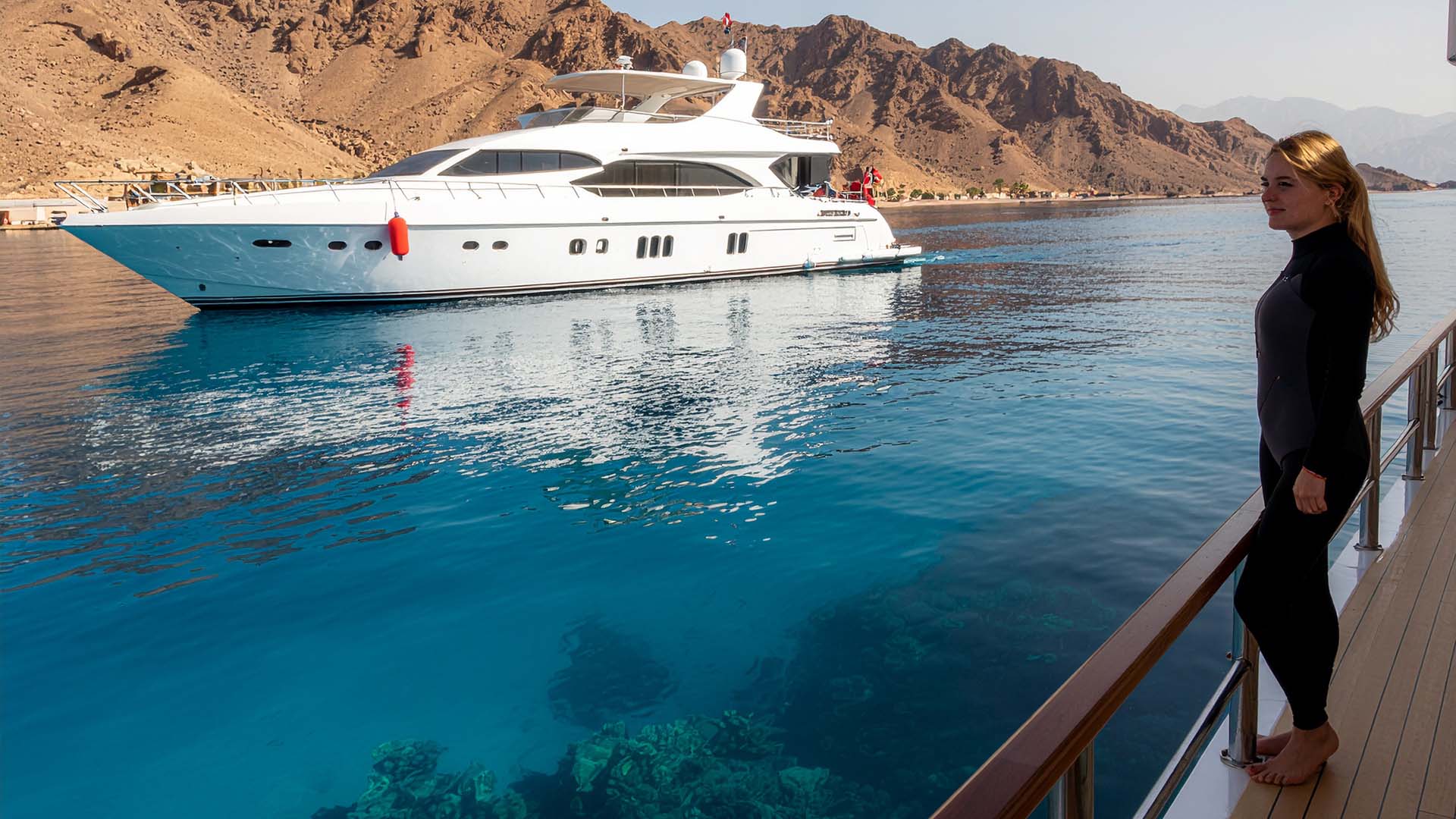
Egypt’s Red Sea coast with turquoise water, image by World Travel Magazine
How to do it: Private boat charters or small dive groups change everything. If you’re new, start with a personal dive guide and a shallow coral garden; if advanced, time drifts and wrecks to avoid crowds. Wear a reef-safe sunscreen on the boat (not in the water), keep fins high above coral, and tip your crew well—they are your guardians of depth and detail.
5) Taihang Mountains, China — The Road That Climbs Into Cloud
Why go: Sheer sandstone cliffs, prehistoric folds, and roads that thread the mountains like calligraphy. It’s a drive that feels like ascent—not merely in altitude, but in mood.
Best window: Autumn for gold and crimson; spring for mist that drapes the ridges.
How to do it: Charter a local driver familiar with mountain weather and road etiquette. Ask for viewpoint timing around late afternoon when the light cuts across the folds. If you’re comfortable with heights, consider a short hike to an overlook above the road for that “ribbon-in-the-sky” photograph. Take the long way back; some places deserve a second pass.
6) Pico do Arieiro, Madeira, Portugal — A Skyline You Can Walk
Why go: Trail PR1 between Pico do Arieiro and Pico Ruivo is the island’s spine—knife-edge ridgelines, cloud inversions, and steps carved into volcanic rock. On the right day, you walk above weather.
Best window: Late spring to early autumn for reliable footing; dawn for cloud seas.
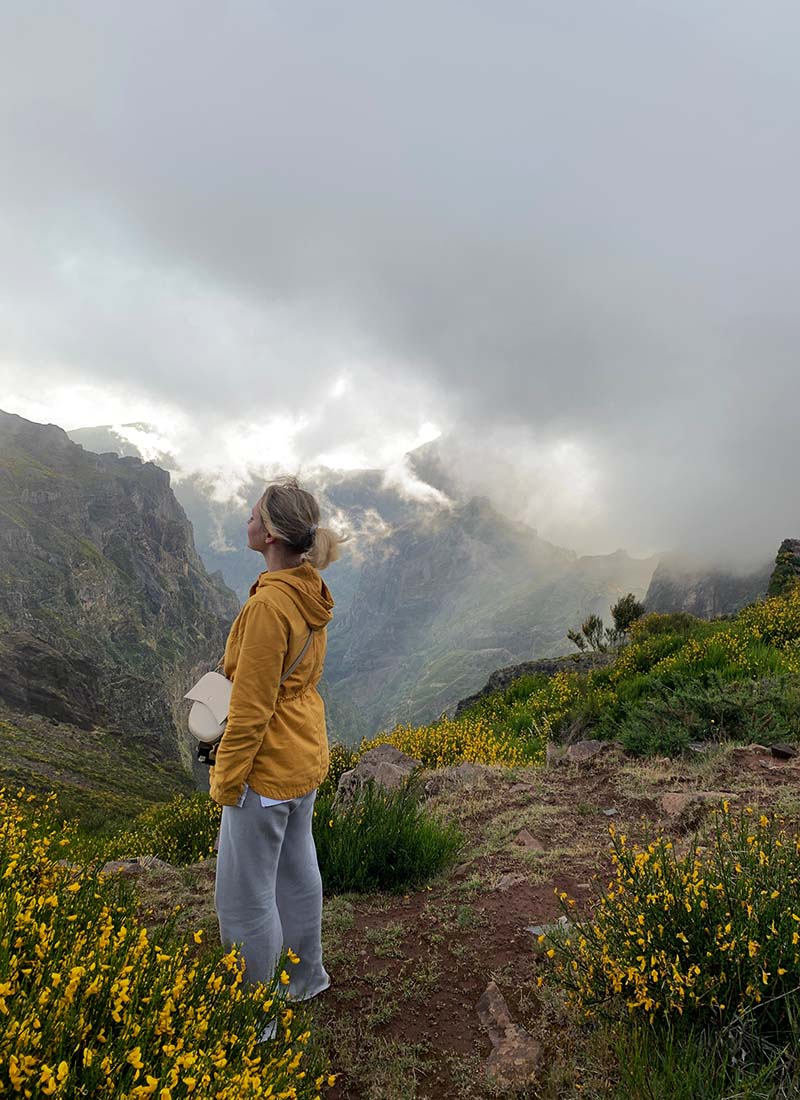
Sunset time on Pico do Arieiro, image by Djjeep_Design, Shutterstock
How to do it: Hire a mountain guide who can call the day’s cloud ceiling and pace the route to your fitness. Start before sunrise: headlamps, layers, and a thermos. Move quietly around nesting birds; stay on the path. The photographs are earned, but the stillness is the prize.
7) Skógafoss, Iceland — A Curtain of Water and Weather
Why go: Sixty meters of vertical rush, throwing mist that makes its own rainbows on clear days and a white roar on grey ones. It’s drama you can walk toward, feel, and hear.
Best window: Shoulder seasons (May–June, September) to dodge peak summer coaches; early morning to have the amphitheatre to yourself.
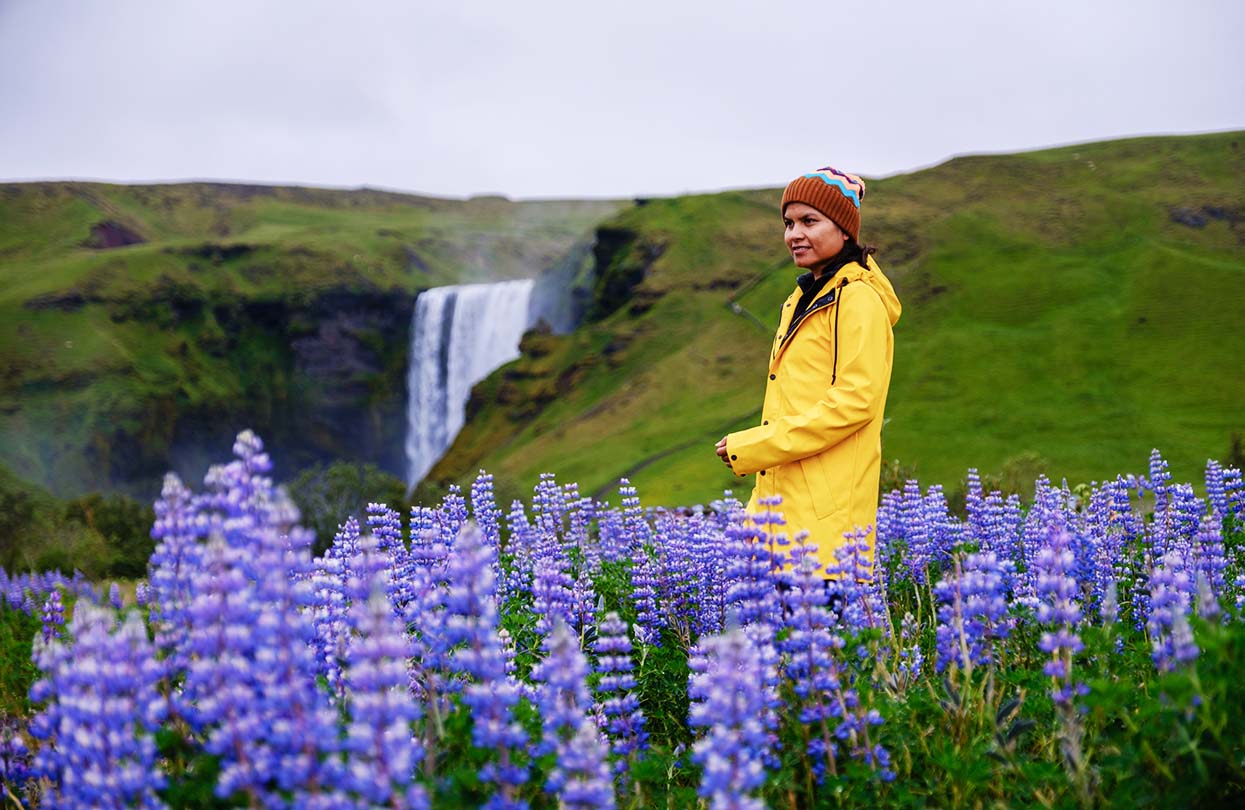
Stunning Skogafoss waterfall in Iceland, Image by fokke baarssen, Shutterstock
How to do it: Approach from the river for the full-body experience, then climb the stairs for the cliff-top view. Waterproofs are essential; if the wind swings, accept that you will be baptized. Onward options include a waterfall hike that threads upstream past smaller cascades—all the while keeping distance from slick edges.
8) Villa Monastero, Lake Como, Italy — A Garden That Paints Its Own Lake
Why go: A long, slim botanical garden runs along the lakeshore in Varenna, with cypresses and balustrades framing Como as if it were a painting. The villa itself—loggias, frescoes, cool tiled floors—completes the reverie.
Best window: April–June and September–October for light that kisses the water rather than flattens it.
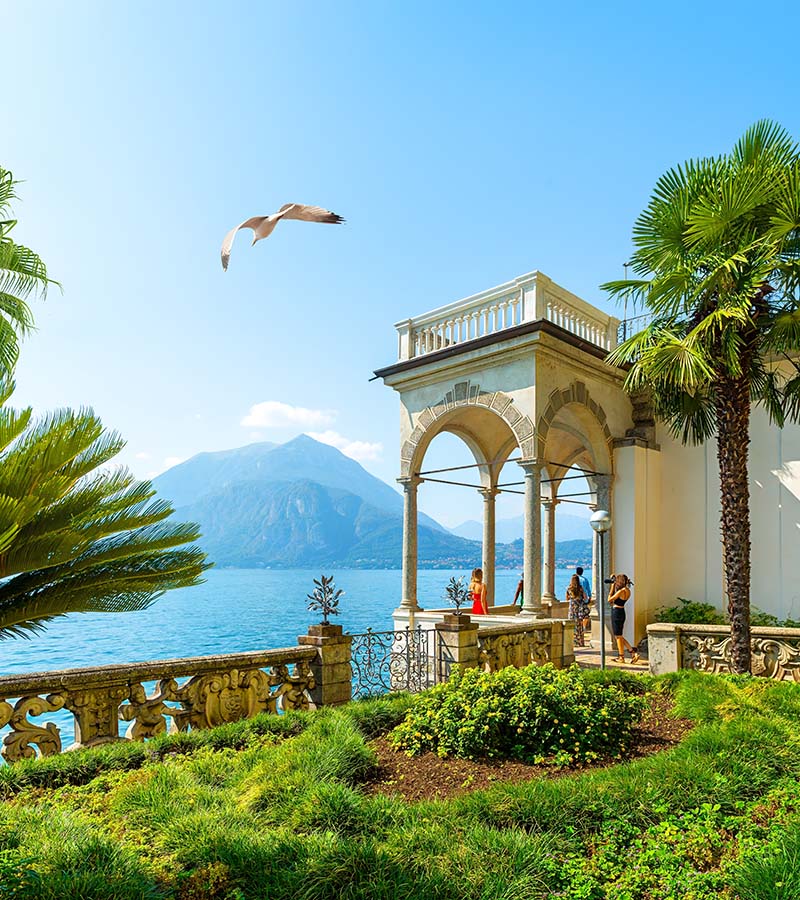
View to the lake Como from villa Monastero, Image by givaga, Shutterstock
How to do it: Arrive by private boat and step directly into the garden path; time it for late afternoon when the western sun turns the water into melted silver. Pair with a long lunch in Varenna and a quiet ferry crossing back as lamps bloom along the shore.
9) Mon Jam, Chiang Mai, Thailand — A Ridge Where Air Is Soft
Why go: Overlooking terraced hills in Mae Rim, Mon Jam floats above the heat—flower fields, misty mornings, and a tempo more lullaby than schedule.
Best window: November–February for cool, dry weather and clear ridgeline views.
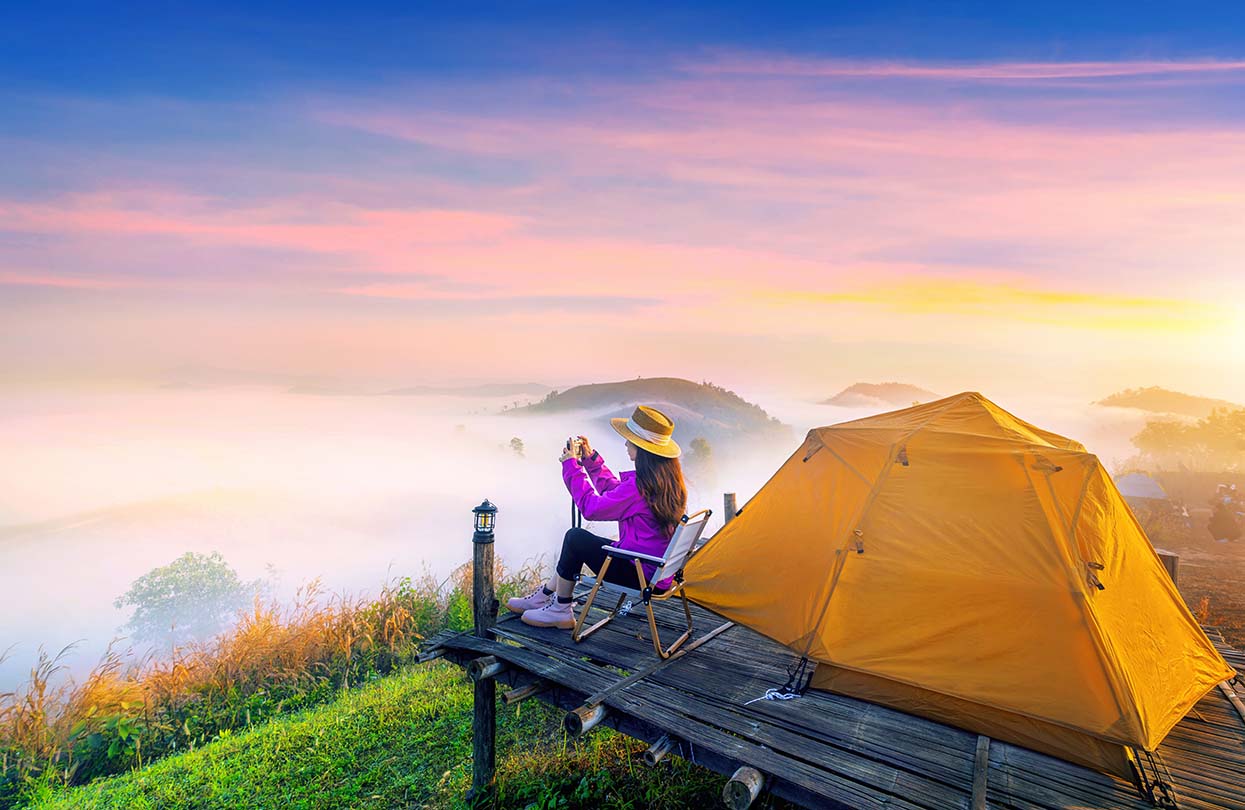
Chiang mai, Image by Guitar photographer, Shutterstock
How to do it: Come early for a ridge walk before breakfast; book a local driver so you can nap on the way back. If you’re bringing children, time a short farm visit and a picnic rather than a long lunch—Mon Jam is best felt outdoors. Buy woven textiles from village cooperatives; they last, and they matter.
10) Seychelles — The Beach As Art
Why go: Granite boulders like sculpture, milk-glass water, and sand that sighs when you walk. The archipelago is the opposite of hurry; it’s the last chapter in a trip that began with heights and mirrors.
Best window: April–May and September–October for calm seas and snorkel-friendly clarity (monsoons shift wind and swell).
How to do it: Split time between an inner-island base (Mahé or Praslin) and La Digue for the slowest days. Charter a small boat to swim over seagrass beds and out to coral bommies; keep your distance from turtles and rays, and leave shells where they belong. Evenings are for hammocks, books, and the kind of conversation that only happens when sea and sky agree to keep quiet.
The Through-Line: How To Travel Like You Mean It
Choose the hour, not just the address. Sunrise on the flats, new moon on the bioluminescent bay, dawn on Madeira’s ridges—timing is a superpower.
Buy expertise. Local drivers, mountain guides, private boat skippers and dive masters turn good days into the day.
Carry less; notice more. Hands-free arrangements, light packs, and deliberate pauses protect attention—the rarest luxury of all.
Leave places better. Reef-safe habits, stay-on-trail discipline, and respect for local communities will decide whether your grandchildren meet these places as you did.
Set a goal to see all these places with your own eyes. But make the deeper pledge to see them well: with patience, with care, and with the kind of presence that lets each landscape leave its trace on you—long after the camera is back in its case and the plane is halfway home. ◼
Subscribe to the latest edition now by clicking here.
© This article was first published online in Oct 2025 – World Travel Magazine.

